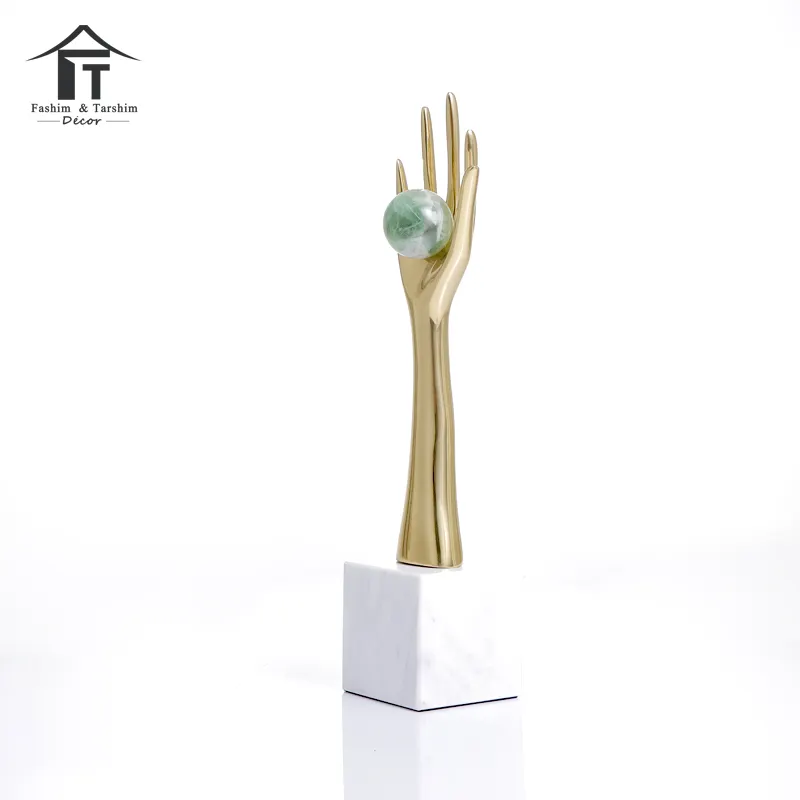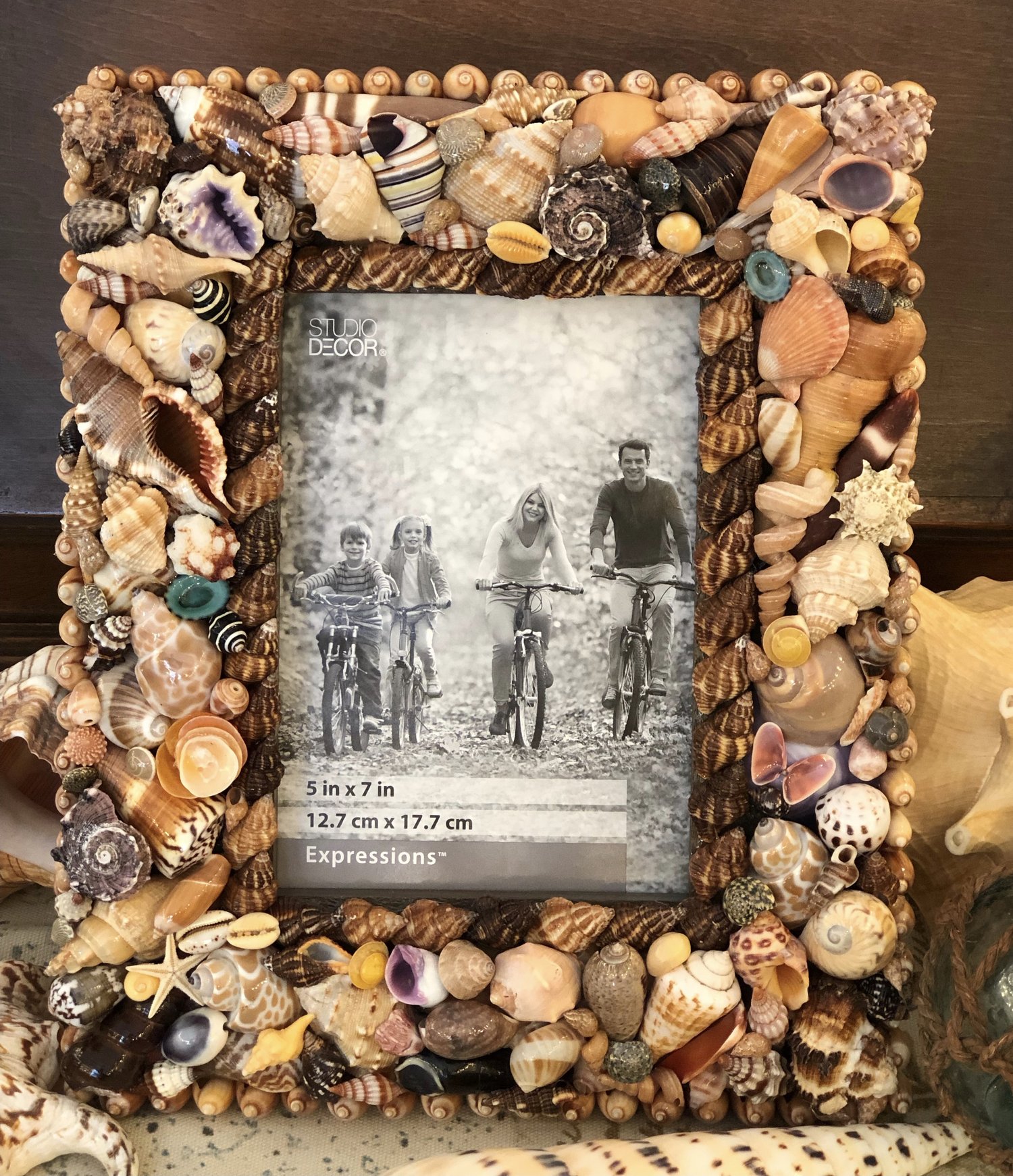Ruyi floral ornaments are a testament to the artistry and cultural significance embedded in traditional craftsmanship. These intricately designed floral motifs, often inspired by Chinese culture, have captivated the hearts of art enthusiasts and collectors around the world. Representing prosperity, harmony, and beauty, Ruyi floral ornaments are more than decorative pieces—they are steeped in history, symbolism, and the craftsmanship of skilled artisans.
This article delves into the origins, symbolism, craftsmanship, and contemporary relevance of Ruyi floral ornaments, celebrating their enduring charm and cultural significance.
Origins of Ruyi Floral Ornaments
The word “Ruyi” translates to “as you wish” or “in accordance with your desires,” reflecting auspicious connotations. The Ruyi motif originated in ancient China, where it was commonly associated with good fortune and blessings. Traditionally, Ruyi was a ceremonial scepter used as a symbol of authority and prosperity in royal courts. Over time, the Ruyi design evolved into decorative elements, particularly in ornamental art.
Ruyi floral ornaments emerged as a distinct art form during the Tang and Song dynasties (618–1279). Artisans began incorporating floral patterns into Ruyi designs, blending nature’s elegance with the auspicious symbolism of the Ruyi motif. The designs flourished during the Qing dynasty (1644–1912), becoming prominent in decorative arts, textiles, and jewelry.
Symbolism in Ruyi Floral Ornaments
Ruyi floral ornaments are deeply symbolic, with each design carrying layers of meaning. The integration of flowers and the Ruyi motif creates a harmonious representation of cultural ideals and values.
- Ruyi Shape:
- The Ruyi motif often features a curved, cloud-like shape resembling a lingzhi mushroom, a symbol of immortality and health in Chinese culture.
- It represents good fortune, wishes fulfilled, and a smooth path in life.
- Floral Elements:
- Flowers like peonies, lotuses, and plum blossoms are commonly used in Ruyi ornaments, each carrying unique meanings:
- Peony: Known as the “King of Flowers,” the peony symbolizes wealth, prosperity, and honor.
- Lotus: A representation of purity and enlightenment, the lotus is revered for its ability to thrive in muddy waters and emerge untainted.
- Plum Blossom: Representing resilience and renewal, plum blossoms bloom in winter, signifying perseverance and hope.
- Flowers like peonies, lotuses, and plum blossoms are commonly used in Ruyi ornaments, each carrying unique meanings:
- Color Symbolism:
- Colors play a significant role in Ruyi floral ornaments. For instance:
- Red signifies joy and good fortune.
- Gold symbolizes wealth and power.
- Green represents vitality and harmony.
- Colors play a significant role in Ruyi floral ornaments. For instance:
The combination of these elements creates a rich tapestry of meaning, making Ruyi floral ornaments treasured artifacts in Chinese culture.
Craftsmanship Behind Ruyi Floral Ornaments
The creation of Ruyi floral ornaments requires a high level of skill and precision. Artisans spend hours, sometimes days, crafting each piece to ensure it embodies both beauty and meaning. The process involves several stages:
- Design and Planning:
- Artisans conceptualize designs that balance aesthetic appeal with symbolic meaning. Sketches are often detailed, ensuring every element aligns with traditional principles.
- Material Selection:
- Materials such as jade, gold, porcelain, or wood are commonly used. The choice of material adds to the ornament’s value and visual impact.
- Crafting Techniques:
- Techniques such as carving, enameling, and painting are employed to bring the designs to life. Each method requires specialized knowledge:
- Carving: Used to shape intricate patterns, especially on jade and wood.
- Enameling: Adds vibrant colors to metal-based ornaments, creating a striking contrast.
- Painting: Applied to porcelain pieces, highlighting floral motifs with delicate brushstrokes.
- Techniques such as carving, enameling, and painting are employed to bring the designs to life. Each method requires specialized knowledge:
- Polishing and Finishing:
- The final stage involves polishing the ornament to enhance its luster and durability. This step ensures the piece is as visually stunning as it is meaningful.
Ruyi Floral Ornaments in Modern Times
While Ruyi floral ornaments have their roots in ancient China, their appeal transcends time. Today, they are appreciated not only for their historical and cultural significance but also for their artistic value.
- Home Decor:
- Modern interpretations of Ruyi floral ornaments are often used as decorative items in homes. They add an element of elegance and cultural depth to interior spaces.
- Fashion Accessories:
- Jewelry designers incorporate Ruyi floral motifs into necklaces, earrings, and bracelets, making them wearable pieces of art. These accessories allow individuals to carry a piece of tradition with them.
- Cultural Artifacts:
- Ruyi floral ornaments are displayed in museums and galleries worldwide. They are celebrated as cultural artifacts that offer insight into China’s rich artistic heritage.
- Gift Items:
- The auspicious meanings associated with Ruyi floral ornaments make them popular as gifts for weddings, anniversaries, and other special occasions.
- Inspiration for Contemporary Artists:
- Many modern artists draw inspiration from Ruyi floral ornaments, blending traditional elements with contemporary styles. This fusion ensures the continued relevance of this art form.
How to Choose and Care for Ruyi Floral Ornaments
When purchasing Ruyi floral ornaments, consider the following tips to ensure you select a piece that aligns with your aesthetic preferences and values:
- Authenticity:
- Verify the authenticity of the ornament, especially if it’s made from precious materials like jade or gold.
- Design:
- Choose a design that resonates with you personally. The symbolism of the flowers and the Ruyi motif should align with your intentions or wishes.
- Craftsmanship:
- Examine the craftsmanship to ensure it reflects the skill and artistry expected from such pieces.
- Maintenance:
- Clean the ornaments regularly using appropriate methods based on the material. For instance:
- Use a soft cloth to clean jade or porcelain ornaments.
- Avoid abrasive materials that can damage delicate carvings or finishes.
- Clean the ornaments regularly using appropriate methods based on the material. For instance:
Proper care ensures your Ruyi floral ornaments remain in pristine condition, preserving their beauty and meaning for generations.
Conclusion
Ruyi floral ornaments are a captivating blend of art, culture, and nature. Their intricate designs and rich symbolism make them timeless treasures that continue to inspire admiration and respect. Whether displayed as home decor, worn as jewelry, or cherished as cultural artifacts, Ruyi floral ornaments embody a harmonious balance of tradition and artistry.
As you explore the world of Ruyi floral ornaments, let their beauty and meaning enrich your understanding of Chinese culture and artistic heritage. Whether you’re a collector, an enthusiast, or simply someone who appreciates fine craftsmanship, these ornaments offer a unique connection to history, nature, and the enduring human desire for prosperity and harmony.



